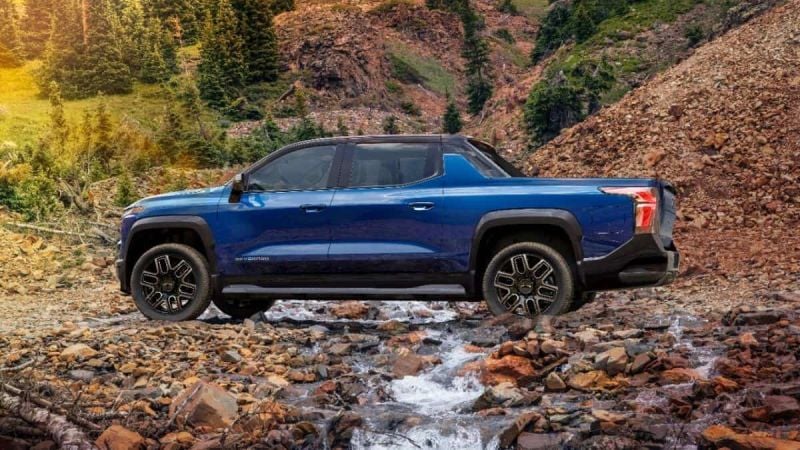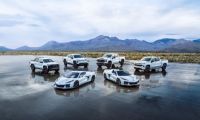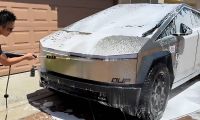General Motors is confident that EVs are the most important vehicles of the future. While they have delayed mass production of the 2024 Chevrolet Silverado EV, they are trying to find ways to guarantee their supply chain for all of the components needed to produce EVs on a mass scale. One of the most recent collaborations is with Niron Magnetics. Together the two companies hope to build affordable, sustainable EV motor magnets. There are three basic reasons that GM wants to find a better, easier way to make the magnets.
GM is Trying to Make EV Batteries Less Expensive
EV motors are a key element of the General Motors’ Ultium Platform. The magnets in the current motors are very expensive and GM is trying to bring those costs down. The permanent magnets in EV motor rotors are typically made from rare earth minerals like terbium, dysprosium, praseodymium and neodymium, which are expensive and currently processed almost entirely overseas.
Niron Magnetics of Minneapolis has developed the world’s first and only permanent magnet with automotive-grade power that is entirely free from rare or heavy rare earth minerals. Niron’s proprietary Clean Earth Magnet technology is based on iron nitride, an abundant and affordable material with great potential for commercial use in future EVs.
“We believe Niron’s unique technology can play a key role in reducing rare earth minerals from EV motors and help us further scale our North American-based supply chain for EVs,” said Anirvan Coomer, president of GM Ventures. “Our path to an all-electric future will be enabled not only by our own research and development efforts, but also by investing in next generation technology from startups and established companies outside our four walls.”
GM Trying to Move the Supply Chain to North America
We all know how COVID-19 disrupted the automotive supply chains. Automakers were crippled by supply shortages, which in turn created shortages of new vehicles and drove vehicle prices sky high. Most of the automotive executives became determined to make sure that they could control most of the supply chain and try to protect the companies from similar shortages.
GM is investing in Niron and has signed a partnership agreement to guarantee that it will be able to use Niron’s more affordable EV motor magnet technology. The investment will help Niron expand its manufacturing and commercialization of their sustainable magnets. The hope is that the EV magnets will be produced in North America, which means less costs for the raw materials and transportation to the North American factories.
“GM invented rare earth permanent magnets nearly 40 years ago, and now we’re working together to bring the next generation of automotive magnet technology to market,” said Jonathan Rowntree, CEO of Niron Magnetics. “We think that our Clean Earth Magnets can help GM in its goal to put everyone in an EV.”
GM Helping Protect the Supply of Rare Earth Metals
Experts have stated repeatedly that there aren’t enough of the rare earth metals to supply all of the EVs that the world’s auto manufacturers are planning. The materials are difficult to mine and extract and the costs to obtain them are skyrocketing. Most of the raw material deposits have been found in Asia. If GM can rely less on the rare earth metals, they will be able to bring their EV costs down significantly. That will help the automaker build more affordable EVs and increase EV vehicle adoption. Right now, most EVs are still pricey. The new 2024 Chevrolet Blazer EV and the 2023 Chevrolet Bolt are some of the few that are considered relatively affordable.
There will most likely always be a need for the rare earth metals in manufacturing, but if GM can lessen its need for them, it should mean that the world’s supply will last longer.
Chevrolet Photo
Mary Conway is a professional automotive journalist and has decades of experience specializing in automotive news analysis. She covered the Detroit Three for more than twenty years for the ABC affiliate, in Detroit. Her affection for the Motor City comes naturally. Her father ran a gas station while Mary was growing up, in Wisconsin.
Follow Mary Conway at @MaryConwayMedia and send her car news tips for future stories.












